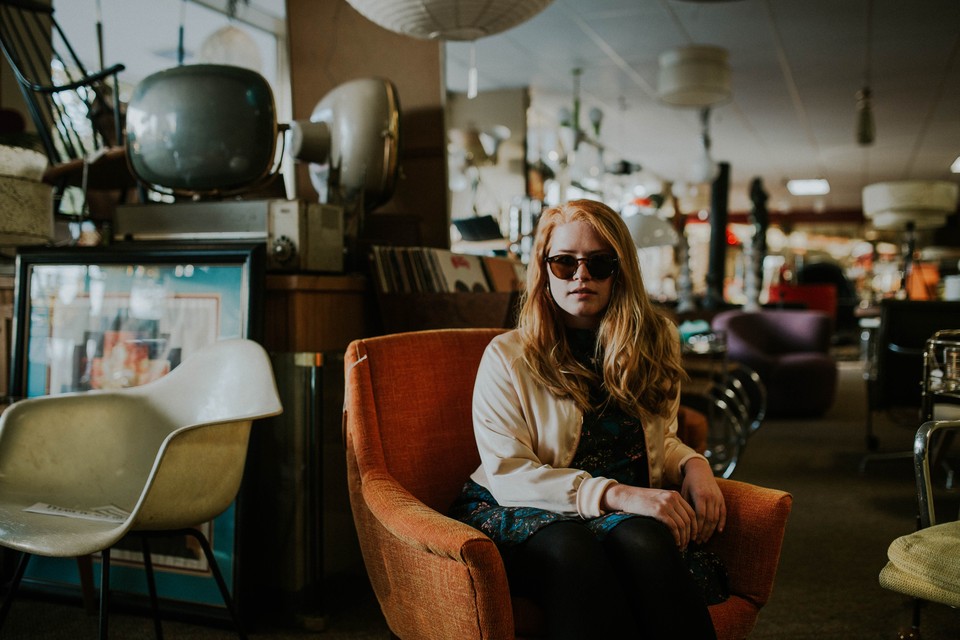
By Sunny Um WIRED Korea
When it comes to saving money, shopping at second-hand marketplaces is one way, be it with or without the spread of the novel coronavirus or COVID-19. But more people are buying and selling used items as the virus is restricting their movement.
Second-hand marketplace apps provide a consumer-to-consumer platform where people can sell and buy used items online. The number of people who use those apps has been increasing since their appearance, and noticeably so since the virus outbreak.
The number of monthly active users of Danggeun Market, a leading second-hand marketplace app in Korea, stood at 6.8 million in May, up 4.4 million from a year ago. Also, more than half a million people have newly joined Joonggonara, the third most popular second-hand marketplace app, as its active monthly users during the past three months.
Change in the Number of Users
More consumers turn to second-hand items as they are trying to save money with the pandemic clouding the economic outlook. Jessie Lee, a 26-year-old who works at a tech company in Korea, is one such person.
Last month, Lee downloaded second-hand marketplace apps for the first time. She wanted to reduce her shopping expenses. “I think every sector of the economy is struggling to overcome the virus,” says Lee. “As a person who has just taken her first step in her career, I think shopping on second-hand market apps is a clever way to save money in a time like now.”
More parents also downloaded second-hand marketplace apps, with schools and kindergartens closing their doors for a brief period, according to Ryan Kwon, a public relations manager at Junggonara.
“Our team spotted more exchanges in several item categories, like toys, books and baby products,” he says. “We assume that parents who spend a longer time with their children are buying them.”
Second-hand marketplace apps also benefited from companies launching limited editions. For example, Starbucks recently introduced limited-edition camping items, such as small carry-on bags and foldable chairs. As the coffee chain did not sell these items unless a consumer bought 17 drinks, “many turned second-hand markets for the purchases,” says Kwon.
Suh Yong-gu, a professor of business administration at Sookmyung Women’s University, said in his interview with Yonhap News Agency, that more consumers tend to buy and sell second-hand items during an economic slowdown. “People have smaller disposable incomes now with the spread of COVID-19, and second-hand marketplace apps are in place to serve them more conveniently,” he said.
There is no denying that the virus outbreak has helped expand the consumer base for the second-hand market. But Kwon says that’s not the sole reason.
“If people want to say that COVID-19 was the only cause of second-hand market’s upsurge, the market should have witnessed ups and downs in the past,” says Kwon. “But the number of users of second-hand marketplace apps has never dropped – it has been only growing.”
Change in the Age Distribution of Users
Still, the age distribution of users of second-hand marketplaces has substantially changed since February, Kwon says.
The largest group is composed of millennials and generation Z, and those in their 40s or older are small in number. But the number of middle-aged users has surged by more than 50 percent since the virus outbreak, the biggest increase among all age groups, according to Junggonara. The company says that middle-aged users appear to have joined the app to buy items in short supply, such as facial masks.
Some suggest that the group of middle-aged users is expanding partly because the apps’ users are growing older. For example, early members of Junggonara are active on its platform that opened on Naver’s portal two decades ago. Maybe so. But it does not explain a recent upsurge.
“I don’t think that is the case,” Kwon says. “The recent increase in the number of middle-aged users was so sudden, not steady, which shows that there has been a noticeable change in the market (from the virus outbreak).”
Kwon expects these new members to stay active on the app, as the app offers trades of many items, including golf equipment and real estate, which mostly target people over 40s. “I think the online second-hand market is only to grow from here,” Kwon says.
와이어드 코리아=Sunny Um Staff Reporter
sunny@wired.kr
저작권자 © WIRED Korea 무단전재 및 재배포 금지
와이어드 코리아=Sunny Um Staff Reporter
sunny@wired.kr
저작권자 © WIRED Korea 무단전재 및 재배포 금지
이 기사를 공유합니다


 뉴스레터 신청
뉴스레터 신청